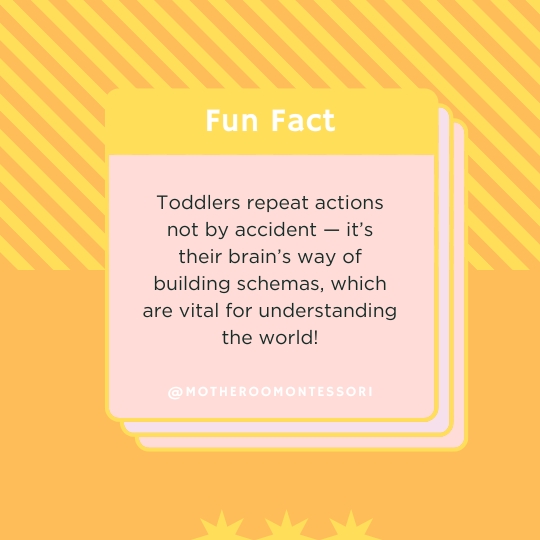Pulling to stand is a significant developmental milestone for infants, typically occurring between 9 and 12 months of age. This skill marks a critical step towards independent mobility and is essential for the development of muscle strength, balance, and coordination. This article explores the benefits of pulling to stand, strategies to encourage this behavior, and how much assistance to provide based on evidence from peer-reviewed journal articles and expert recommendations.
Benefits of Pulling to Stand
Pulling to stand offers numerous developmental benefits for infants, including:
- Muscle Strengthening: This activity helps to build the muscles in the legs, hips, and core, which are crucial for standing, walking, and overall motor development[1][4].
- Balance and Coordination: As infants learn to pull themselves up, they develop better balance and coordination, which are essential for future motor skills such as walking and running[3].
- Cognitive Development: The process of pulling to stand involves problem-solving and motor planning, contributing to cognitive development[3].
- Independence: Achieving this milestone fosters a sense of independence and confidence in infants as they explore their environment from a new perspective[4].
Strategies to Encourage Pulling to Stand
Several strategies can help encourage and support infants in pulling to stand:
- Provide Opportunities for Floor Play: Allowing infants ample time on the floor to play and explore is crucial. This helps them build the necessary strength and coordination to pull themselves up[7].
- Use of Furniture and Toys: Place toys on elevated surfaces such as couches or low tables to motivate infants to reach and pull themselves up. Ensure that the furniture is sturdy and safe for the infant to use as support[3][6].
- Encourage Squatting: Place toys at the infant’s feet when they are supported by a piece of furniture. This encourages them to squat and pick up the toys, which strengthens the muscles needed for standing[6][7].
- Assist with Hands-on Support: Gently place your hands on the infant’s hips or under their bottom to provide support as they attempt to pull themselves up. This can help them feel more secure and confident in their movements[6].
- Promote Cruising: Once infants are comfortable pulling to stand, encourage them to cruise along furniture. This activity helps improve balance and strengthens the muscles further[6].
- Engage in Play with Peers: Arrange playdates with other infants who are already pulling to stand. Observing and mimicking peers can be a powerful motivator for infants to try new skills[6].
How Much Assistance to Provide
The amount of assistance to provide will vary based on the infant’s individual development and confidence levels. Here are some guidelines:
- Initial Support: In the early stages, provide more hands-on support to help the infant feel secure. This can include placing your hands on their hips or under their bottom as they pull up[6].
- Gradual Reduction: As the infant becomes more confident and skilled, gradually reduce the amount of physical support. Encourage them to use furniture or other sturdy objects for support instead[4].
- Encouragement and Praise: Offer plenty of verbal encouragement and praise to boost the infant’s confidence and motivation. Celebrate their efforts and successes, no matter how small[6].
- Safety Precautions: Ensure the environment is safe by baby-proofing areas where the infant is likely to pull to stand. Remove any sharp or hard objects and ensure that furniture is stable and secure[4][6].
Conclusion
Encouraging and supporting infants in pulling to stand is a vital part of their developmental journey. By providing opportunities for floor play, using furniture and toys strategically, and offering appropriate levels of assistance, caregivers can help infants achieve this important milestone. The benefits of pulling to stand extend beyond physical development, contributing to cognitive growth and fostering independence. With patience and encouragement, infants will gain the confidence and skills needed to stand and eventually walk on their own.
References
- BabyCenter. (2021). When do babies pull to stand? Retrieved from BabyCenter.
- Pathways.org. (2021). When Do Babies Stand on Their Own? Retrieved from Pathways.org.
- Therapies for Kids. (2021). Pulling to stand using furniture for children 7-12 months. Retrieved from Therapies for Kids.
- Raising Children Network. (2021). Movement and play ideas for babies. Retrieved from Raising Children Network.
- Bellamy’s Organic. (2021). 12 Tips for Encouraging Baby to Stand and Walk for the First Time. Retrieved from Bellamy’s Organic.
Citations:
[1] https://www.babycenter.com/baby/baby-development/when-do-babies-stand_40009324
[2] https://www.youtube.com/watch?v=L-Hg7vQOrjQ
[3] https://therapiesforkids.com.au/blog/pulling-to-stand-using-furniture-for-children-7-12-months/
[4] https://pathways.org/help-baby-stand-on-their-own/
[5] https://kytebaby.com/en-au/blogs/news/baby-standing
[6] https://bellamysorganic.com.au/blogs/childhood-nutrition/12-tips-encouraging-baby-stand-walk-first-time
[7] https://raisingchildren.net.au/babies/play-learning/play-baby-development/movement-play-babies












